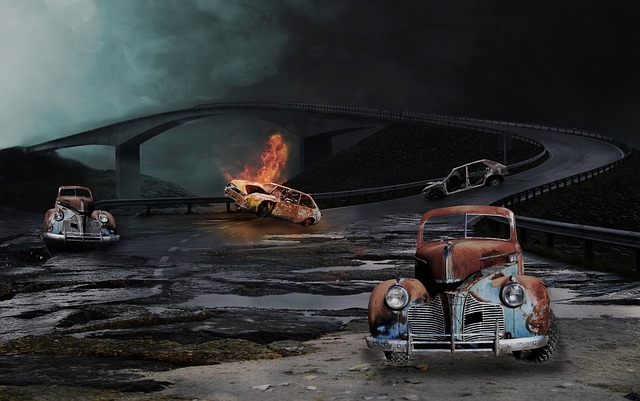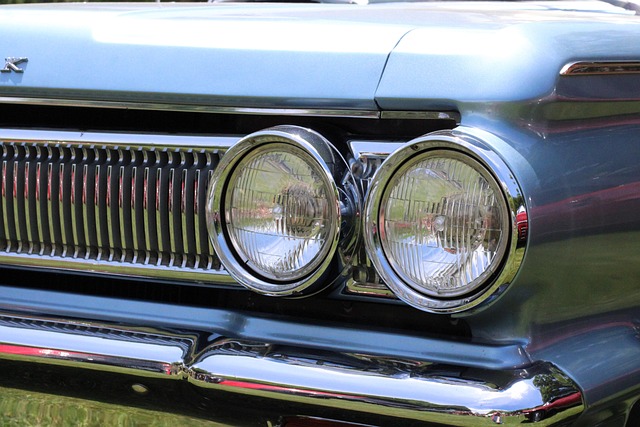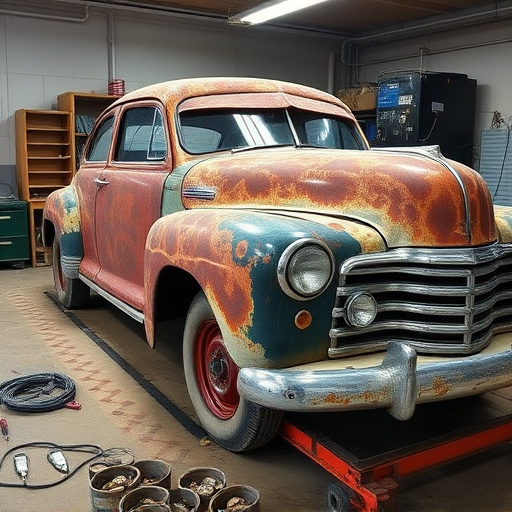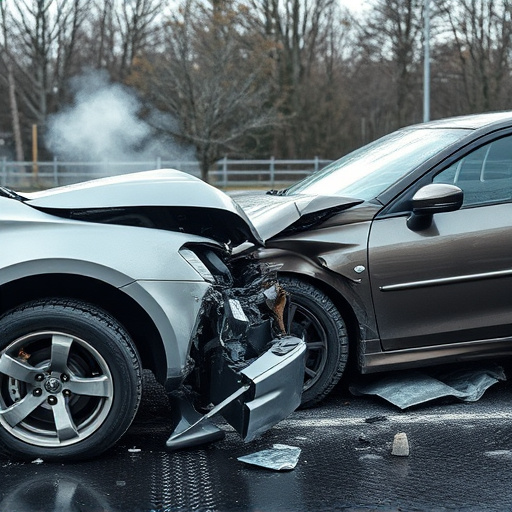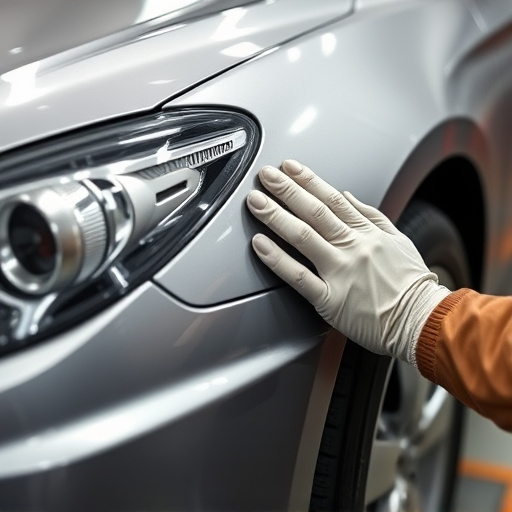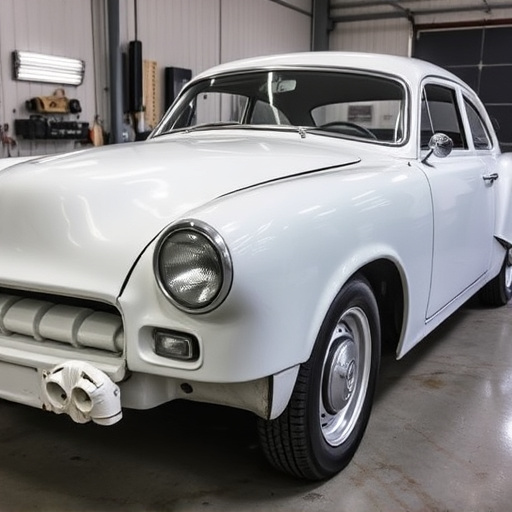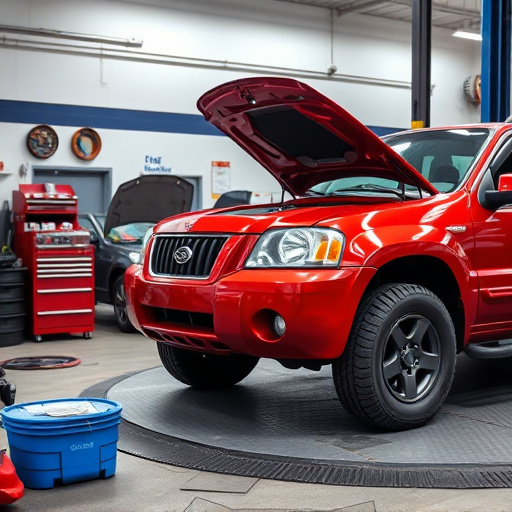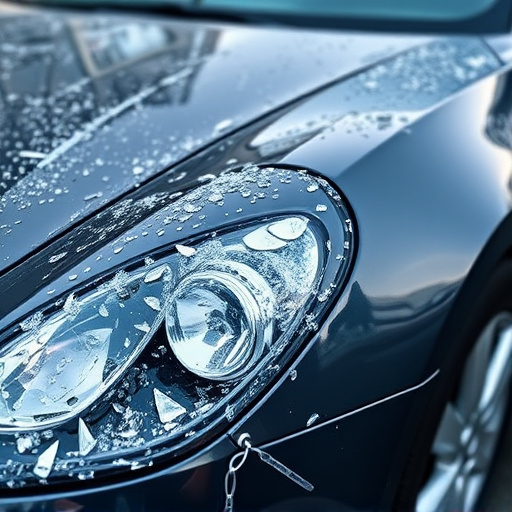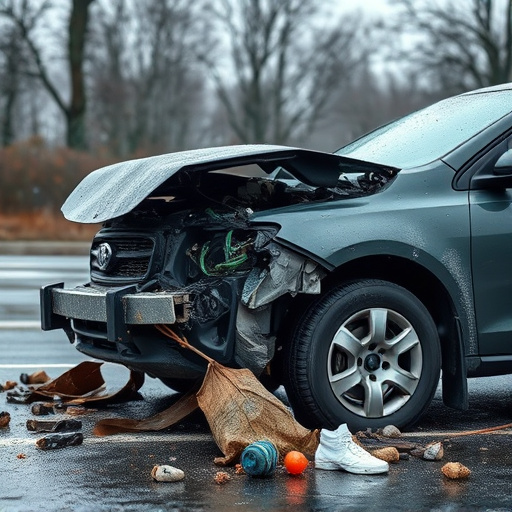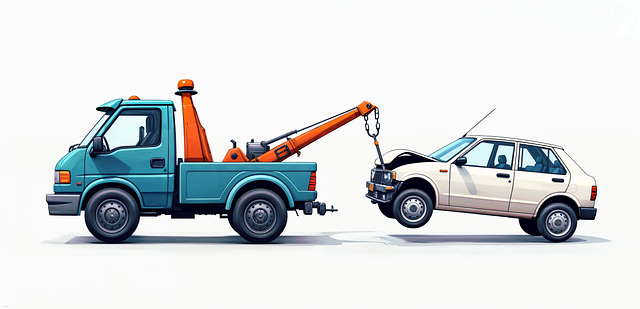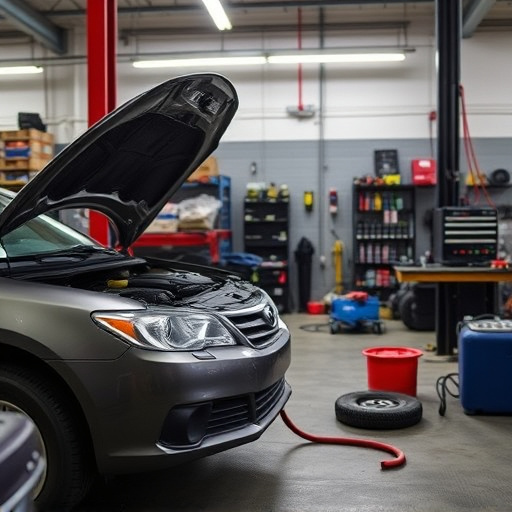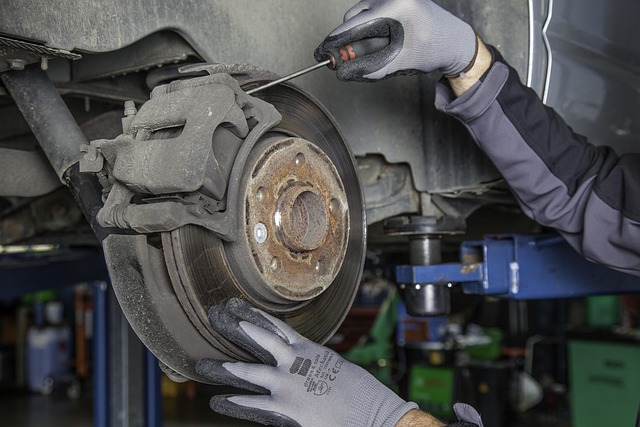Choosing between flatbed and dolly trailers for towing to collision centers depends on damage extent, center accessibility, and specific repair needs. Flatbeds are versatile, efficient, and ideal for severe damage or dent repair, while dollies offer flexible angled movement suitable for tight spaces and precise repairs like bumper restoration. Factors like vehicle weight, ground clearance, and loading requirements determine the optimal method for safe, cost-effective towing to collision centers.
When a vehicle sustains damage, efficient towing to a collision center is crucial. This article explores two primary methods: flatbed trailers and dolly trailers. Understanding the pros and cons of each is essential for collision repair facilities and vehicle owners alike. By examining their advantages and limitations, you’ll gain insights into the optimal choice for seamless towing to ensure timely repairs and minimal damage.
- Understanding Towing Options for Collision Repair
- Flatbed Trailers: Pros and Cons for Efficient Transport
- Dolly Trailers: Advantages and Limitations Compared
Understanding Towing Options for Collision Repair
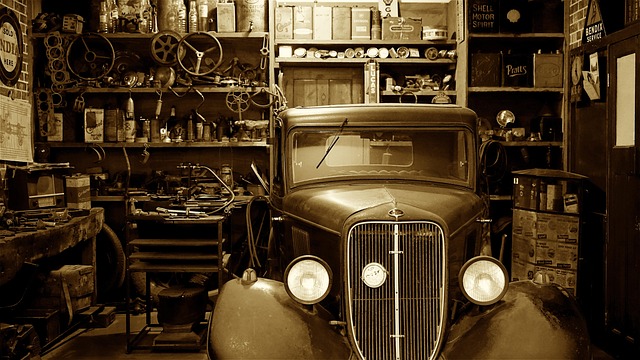
When a vehicle sustains damage, towing to a collision center is often necessary for proper repair and restoration. Understanding the different towing options available is crucial for efficient collision repair processes. Two primary methods include using flatbed trailers or dollies, each with its unique advantages. Flatbeds are designed to carry vehicles at grade level, making them ideal for transporting cars with significant damage or those that require specialized attention during the tow. This method ensures minimal stress on the vehicle’s structure and is particularly useful for complex repairs involving vehicle dent repair or collision damage repair.
On the other hand, dollies offer a more flexible approach, allowing for the movement of vehicles at an angle, which can be beneficial when navigating tight spaces or dealing with unusual vehicle bodyworks. While flatbeds excel in stability and protection during transit, dollies provide a cost-effective solution for less severe collisions. The choice between these methods depends on various factors, including the extent of damage, accessibility to the repair center, and specific requirements for vehicle dent repair or collision damage repair services.
Flatbed Trailers: Pros and Cons for Efficient Transport
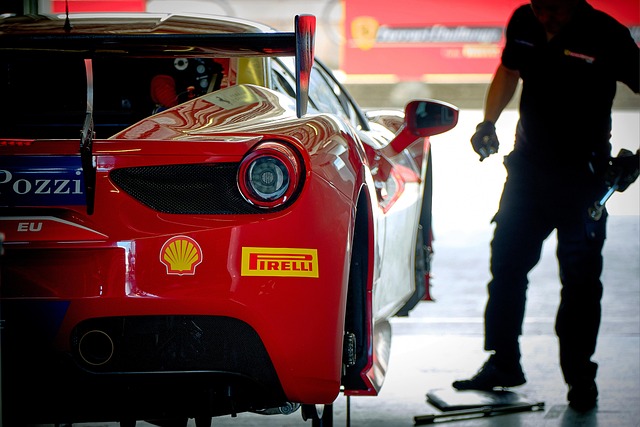
Flatbed trailers are a popular choice for towing vehicles to collision centers due to their versatility and efficiency. One of the primary advantages is their ability to carry a wide range of vehicle types, from small cars to large SUVs and trucks, without the need for specialized equipment or additional support. This makes them ideal for quick and straightforward transportation, especially in situations where time is of the essence, such as after an accident.
However, there are also some drawbacks to consider. Flatbeds typically require more space compared to dolly trailers, which can be a challenge when navigating through tight urban areas or congested roads. Additionally, while they offer a flat surface for loading and unloading, this smooth platform might not be suitable for vehicles with specific needs, such as those requiring specialized racks or having low ground clearance. Despite these potential cons, flatbed trailers remain a preferred method for many towing companies due to their efficiency in transporting damaged or inoperable vehicles directly to collision centers for auto body services and auto painting, ensuring a swift and seamless process for vehicle restoration.
Dolly Trailers: Advantages and Limitations Compared
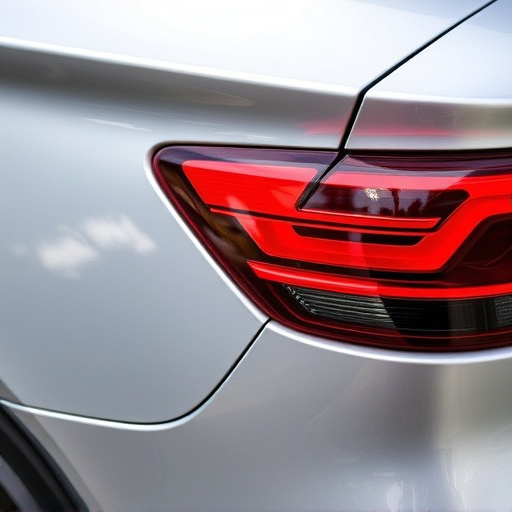
Dolly trailers are a common sight when it comes to towing vehicles to collision centers or auto shops for repairs. They offer several advantages in certain scenarios, especially for lighter vehicles and those with complex suspensions. Dolly trailers provide a more stable and secure transport method as they can accommodate various vehicle types by adjusting the dolly position, making them ideal for precision towing. This feature is particularly beneficial when dealing with bumper repair or auto glass replacement, ensuring minimal damage to the vehicle during the towing process.
However, there are limitations to using dolly trailers. They may not be suitable for heavier vehicles or those with extensive damage, as the weight distribution can become unbalanced, leading to potential safety hazards. Additionally, while dolly trailers excel in specific repair cases, they might not offer the same level of versatility as flatbed trailers when it comes to handling different vehicle sizes and shapes. This can result in longer towing times and increased costs for collision centers, especially if multiple types of vehicles require transportation daily.
When it comes to towing damaged vehicles to a collision center, both flatbed and dolly trailers offer distinct advantages. Flatbed trailers excel in their versatility and capacity for handling various vehicle types, especially those with unique or unusual configurations. However, dolly trailers prove more efficient for lighter vehicles, offering precise control and minimizing the risk of damage during transport. Ultimately, the choice between the two depends on the specific needs of the collision repair facility and the nature of the vehicles involved in towing to ensure a seamless and safe transportation process.
